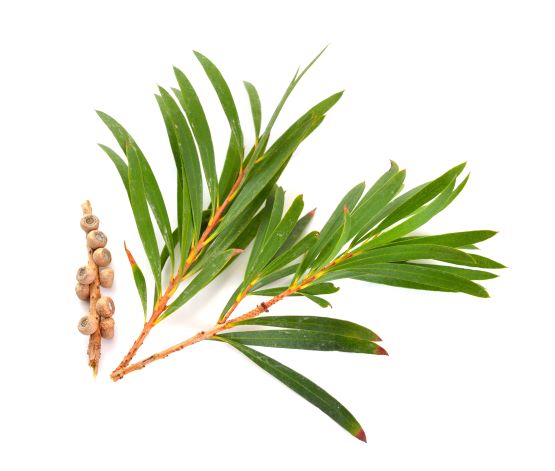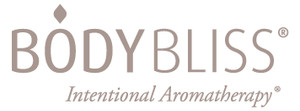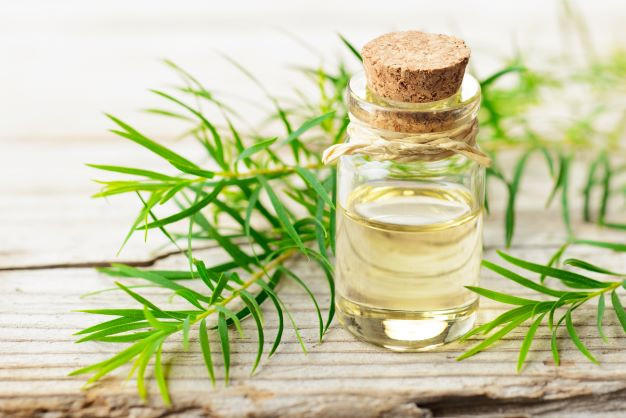As children go back to school and the weather begins to cool down, September can be a season of colds and flu. If you have only one essential oil in your cold season arsenal, it should be Tea Tree.
The name “Tea Tree” may make one wonder if it is related to the common tea plants used for black and green teas, which it is not. The Melaleuca alternifolia tree, native to Australia and commonly referred to as Tea Tree, received its name from eighteenth-century sailors and made famous in 1770 by Captain James Cook on Botany Bay in Australia when he came across the Aboriginals using it in teas and healing poultices from the leaves of the tree for coughs, colds, infections and wounds.
During World War II, Tea Tree was issued to each soldier and sailor for them to treat tropical infections and other problems of warfare, including wounds. *
 Tea Tree’s vast repertoire of helpful benefits include:
Tea Tree’s vast repertoire of helpful benefits include:
- Anti-viral
- Anti-bacterial
- Anti-fungal
- Anti-inflammatory
- Analgesic
- Anti-microbial
- Expectorant (for coughs)
- Immune system stimulant
How to Use Tea Tree Oil:
For coughs and colds: Its anti-bacterial and anti-viral properties make Tea Tree oil a go-to for keeping the air and environment clean and healthy. Use 1 or 2 drops in a diffuser with 2 drops each of lavender and eucalyptus essential oils to clear the air of airborne bacteria and viruses. Studies have shown that essential oils are more effective in a synergy (with 2 or more oils).
For skin conditions such as: eczema, psoriasis, dandruff, nail fungus, athlete’s foot and superficial wounds. Dilute 2-3 drops of tea tree essential oil in a carrier such as jojoba oil or shampoo for hair, or for skin, dilute in an unscented oil or lotion and apply to area.
For nails or athlete’s foot, soak feet or hands in water with 3 or 4 drops of tea tree. Remove from water, dry then cover the area with gloves or socks until thoroughly absorbed. As ringworm is related to athlete’s foot, Tea Tree’s anti-fungal properties can be useful. Apply one drop neat (undiluted) to the area 2-3X daily. ** (Test a skin patch first to make sure there is no redness when applied.)
For acne, add a drop to your face wash or apply one drop directly on the spot with a cotton swab.
Insect repellant: Use 2 drops of tea tree oil and 3 drops of eucalyptus essential oil diluted in 2 oz. distilled water as a spray. Shake gently before using. It can also be used directly on an insect bite. Apply one drop neat (undiluted) directly to bite with a cotton swab. (Test a skin patch first to make sure there is no redness when applied.)
Tea Tree oil can also be used in your garden for white mold, fungi or aphids. Make a spray with 5 drops of Tea Tree oil in a pint of distilled water. Shake gently before use.
CAUTIONS: While Tea Tree oil is generally considered safe for topical use, it may be unsafe for young children and pets. Do not use undiluted on sensitive skin. Dilute in a suitable carrier such as jojoba oil or unscented lotion. Use special care if using in a diffuser, especially if pets (dogs, cats, birds, etc.), young children, elderly, or immuno-compromised persons are present in your home.
*(Essential Aromatherapy, Susan Worwood, p. 169)
**(The Complete Book of Essential Oils and Aromatherapy, Valerie Ann Worwood)



